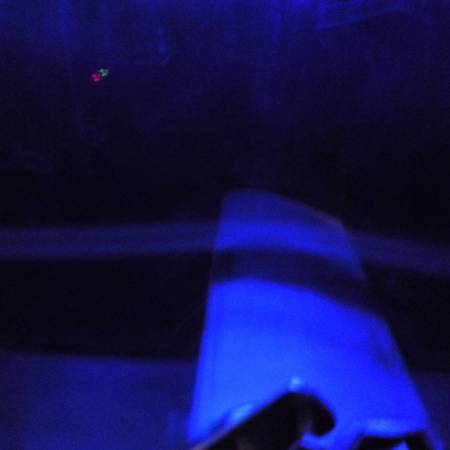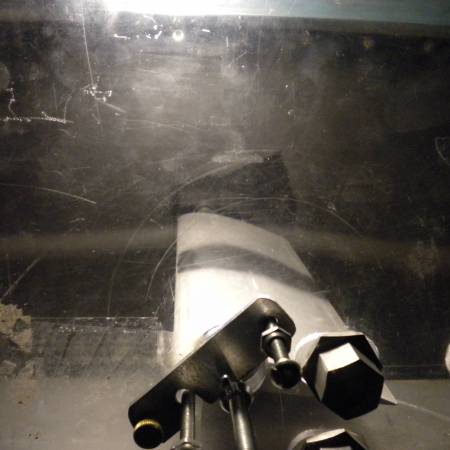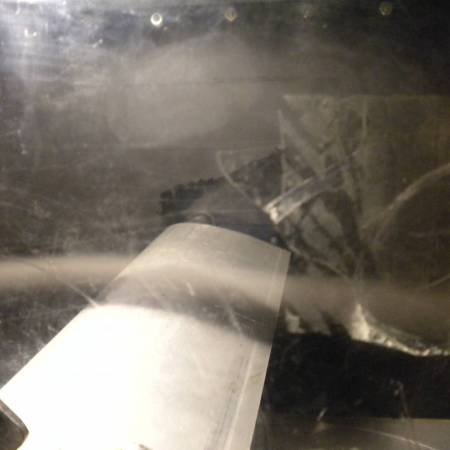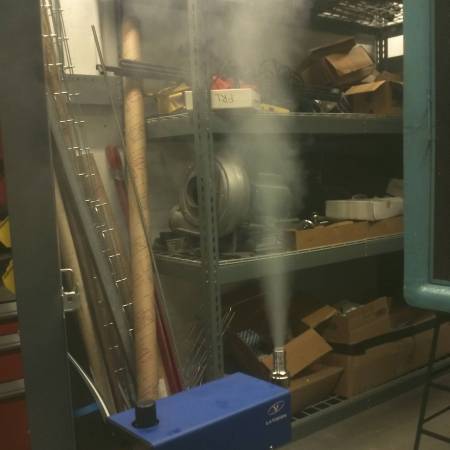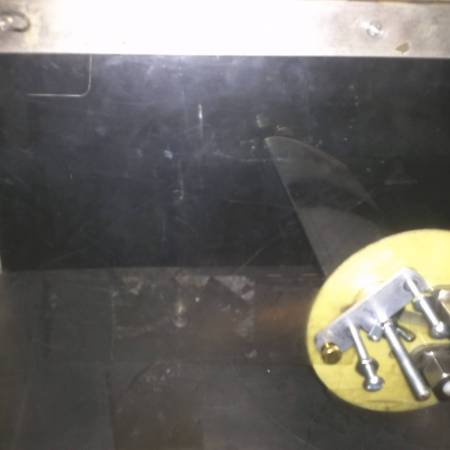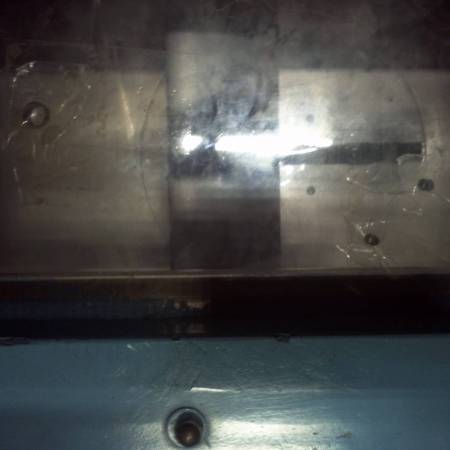Testing
3/5
The team went to the lab with some lighting equipment
2/28
The team went in to test the viability of streamers as a flow visualization method. As a single, connected piece of material, a streamer did not give smooth and accurate portrayals of flow. Furthermore, it was difficult to photograph the streamers due to their erratic movement.
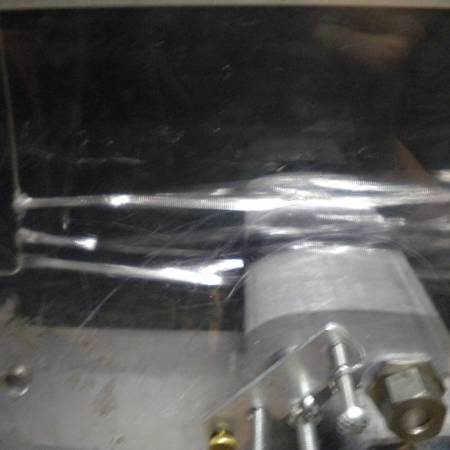 | 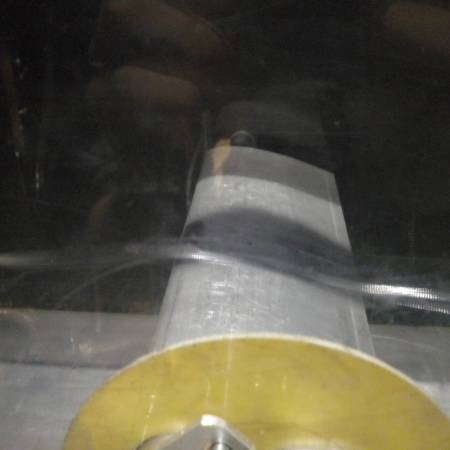 |
|
| three streamer set up, gives an idea of how the flow looks | One streamer, first the flow pretty well, all things considered | |
2/27
The team went to the lab armed with a bigger smoke generator. The resulting stream was much stronger.
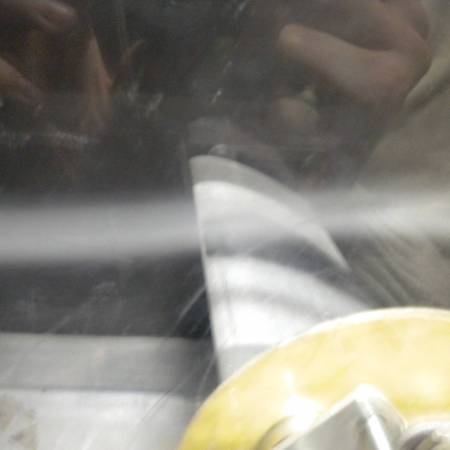 | 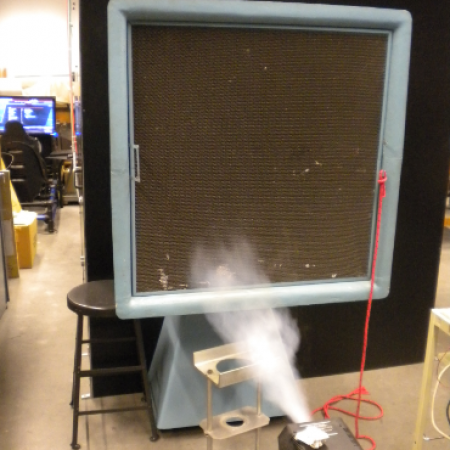 |
| As the smoke bends according to obstacles, it remains clearly visible. | The smoke is entered slowly, but accelerates according to the air flow around it. |
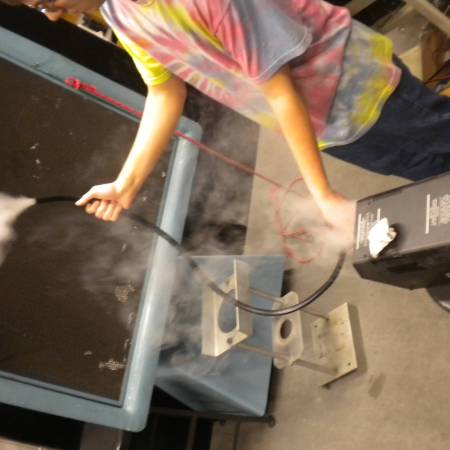 | 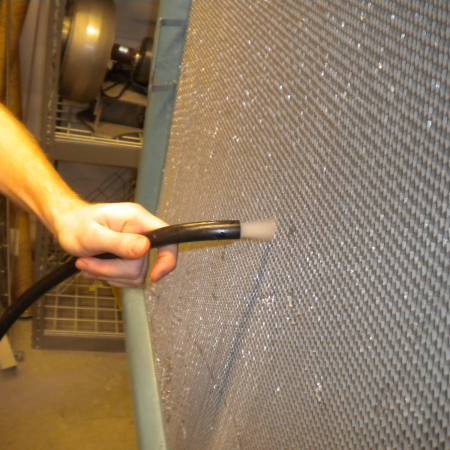 |
| It was difficult to seal the very hot opening of the smoke machine. | Tubes present an easy answer to smoke delivery. |
2/23
We went into the lab on 2/23/2012 Tried out the oil drop generator to see if the correspondence of inlet to test section is roughly 1 to 1. It basically is. The difference in side to side seems more dramatic in the test section.
Here are some pictures of the PIV system in action:
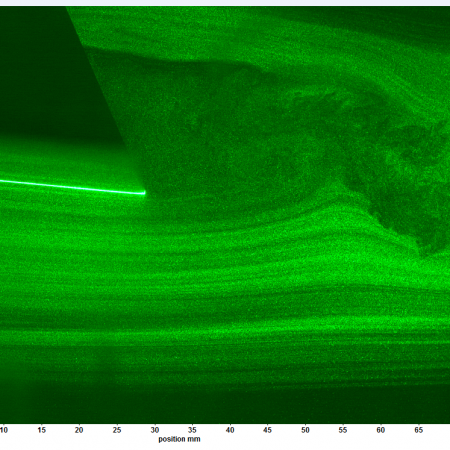 | 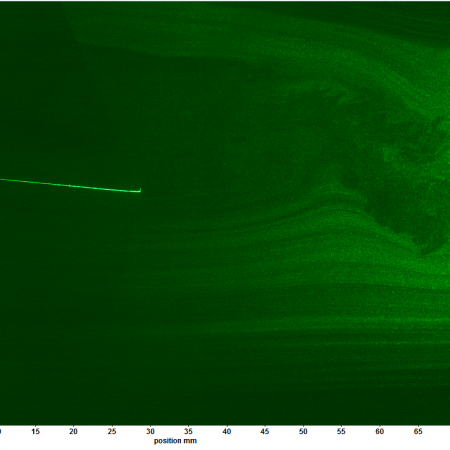 | 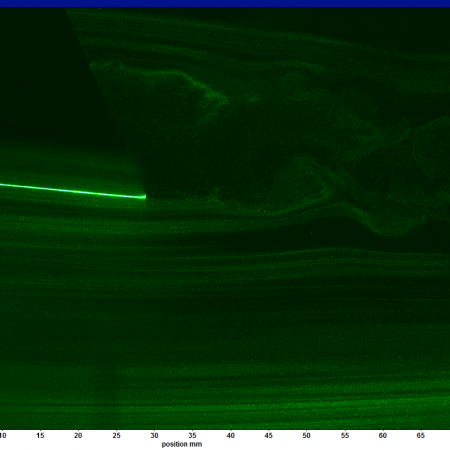 |
| First image. | Second image, taken quickly after the first image. | Third image, taken quickly after the second image. |
These successive images were used to generate a vector field for velocity.
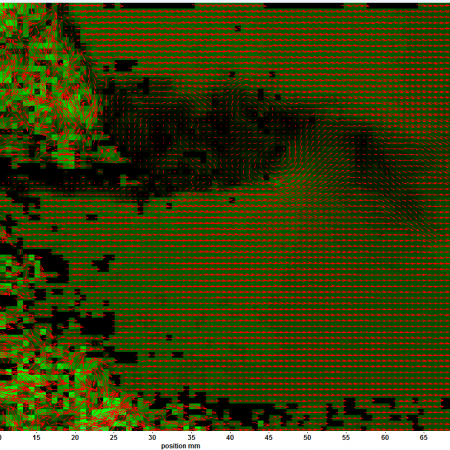 |
| A vector field for the droplets of oil. The strange behavior on the left side of this diagram is useless data. |
The following are some tools we utilized.
